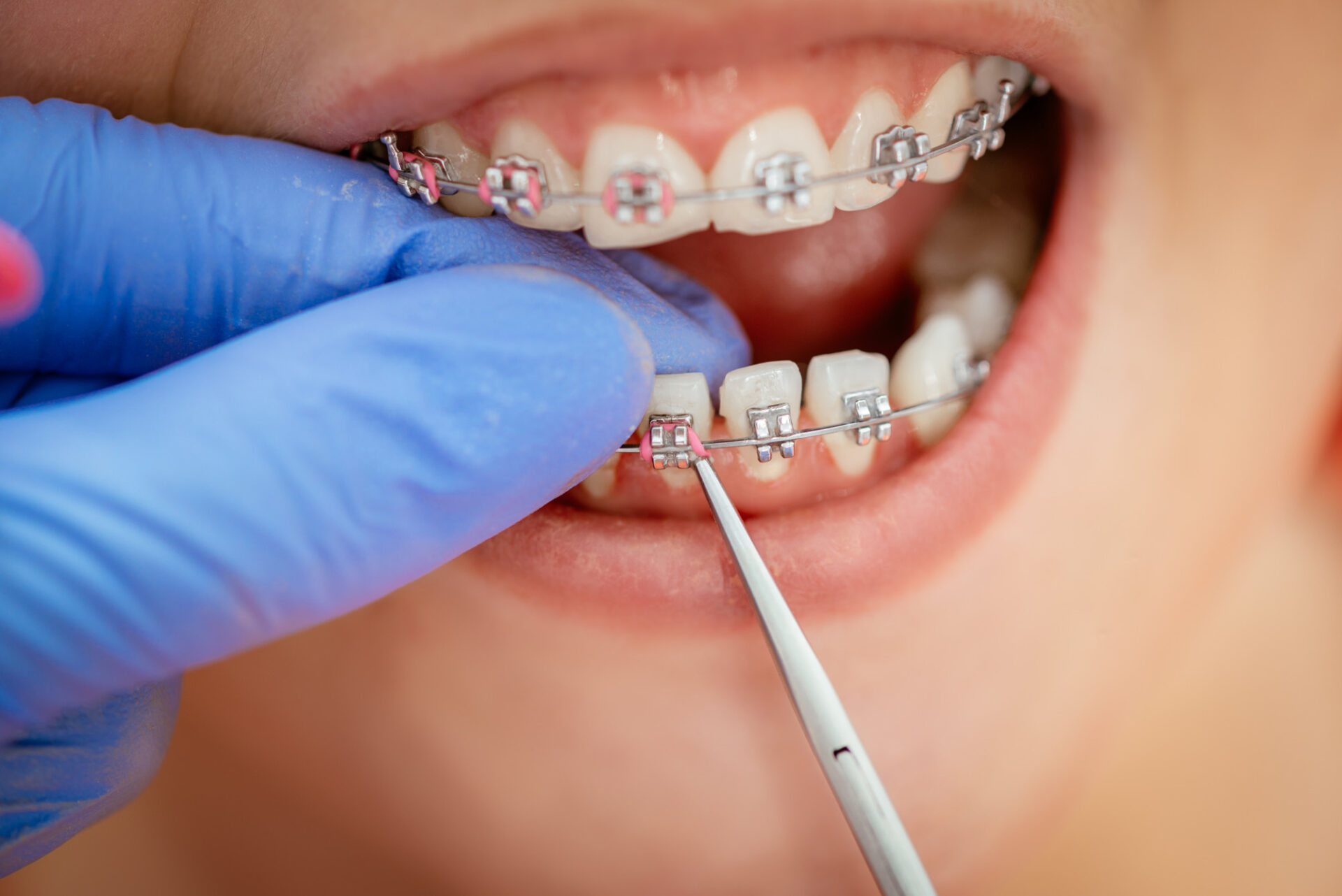How Cumming Orthodontics Can Change Your Smile with Invisalign and Braces
Wiki Article
Comprehensive Guide to Orthodontics Procedures for Dealing With Oral Misalignments
In the realm of orthodontics, the trip to achieving a completely straightened smile entails a myriad of treatments tailored to remedy dental misalignments. From typical braces to unseen aligners and even medical choices, the field of orthodontics uses a variety of options to address differing degrees of dental irregularities. Comprehending the complexities of each treatment, including their devices, benefits, and possible disadvantages, is critical in making notified choices concerning one's orthodontic therapy. As we browse via the extensive guide to orthodontic procedures for dealing with oral imbalances, the intricate information of each approach will certainly unravel, shedding light on the course toward a useful and unified dental positioning.Orthodontic Procedures Summary

Normal modifications and tracking are critical components of orthodontic treatment to make certain progression is on track and to make any necessary modifications along the method. By undergoing orthodontic procedures, people can not only achieve a straighter smile however also boost their general dental health and feature.
Standard Braces: Just How They Work
When thinking about orthodontic treatments for oral imbalances, standard braces stand out as a tried and true technique for fixing teeth placing. Conventional braces consist of braces, cords, and bands that function with each other to apply constant pressure on the teeth, slowly moving them into the wanted placement.
As pressure is applied to the teeth through the dental braces, the bone bordering the teeth is improved to support the new tooth positions. Patients will certainly require routine changes at the orthodontist's workplace to ensure the dental braces continue to apply the right pressure for effective teeth movement.
Invisible Aligners: Disadvantages and pros
These clear, custom-made trays are virtually undetectable when worn, making them an appealing choice for people seeking a much more aesthetically pleasing orthodontic therapy. Patients can eliminate the aligners prior to consuming or cleaning their teeth, lowering the threat of food obtaining stuck in the device and streamlining the cleansing procedure.
Surgical Orthodontic Options
Surgical treatments in orthodontics present feasible alternatives for attending to complex dental imbalances that might not be effectively solved through traditional orthodontic therapies. While typical braces and unnoticeable aligners can remedy several orthodontic issues, certain situations call for medical intervention to attain optimum results. Surgical orthodontic options are commonly suggested for severe malocclusions, significant jaw disparities, and cases where the underlying bone structure needs adjustment to attain correct placement.One common medical orthodontic treatment is orthognathic surgical treatment, which entails rearranging the jaws to remedy useful concerns such as trouble talking or chewing. This surgery is often executed in cooperation with an orthodontist who aids straighten the teeth prior to and after the treatment. Surgical orthodontics may likewise entail treatments to reveal affected teeth, remove excess periodontal tissue, or improve the jawbone to produce an extra unified facial profile.
Before taking into consideration medical orthodontic choices, individuals undertake an extensive assessment to determine the necessity and potential benefits of such interventions. aligners. While surgical procedure might appear daunting, it can considerably enhance both the feature and visual appeals of the smile in cases where traditional orthodontic treatments fail
Retainers and Post-Treatment Treatment

Failure to conform with post-treatment treatment guidelines can result in relapse, where the teeth slowly move back in the direction of their original positions. Consistent retainer wear, excellent oral health, and regular dental exams are important for keeping the outcomes achieved via orthodontic surgery and guaranteeing the long-term stability of the dealt with dental alignment.
Verdict
To conclude, orthodontic procedures provide numerous choices for remedying oral misalignments. Typical braces use steel brackets and cords to move teeth into proper positioning. Invisible aligners supply a more discreet alternative yet may not be appropriate for all instances. Surgical orthodontic options are offered for a lot more extreme misalignments. Retainers are frequently used post-treatment to maintain the new alignment. Overall, orthodontic procedures can effectively enhance dental health and wellness and aesthetic look.As we navigate via the thorough guide to orthodontic treatments for remedying oral misalignments, the complex information of each technique will unravel, losing light on the path toward a functional and harmonious oral positioning. - orthodontist
One of the most usual orthodontic treatments is the use of dental braces, which are composed of metal brackets and cords that apply gentle stress to gradually change teeth into the wanted setting.When taking into consideration orthodontic treatments for dental misalignments, typical dental braces stand out as a time-tested approach for correcting teeth positioning. In addition, invisible aligners might not be appropriate for intricate orthodontic concerns that call for even more significant teeth motion, as they are typically advised for moderate to moderate instances. Retainers are personalized orthodontic tools made to hold teeth in their remedied placements after the completion of orthodontic treatment.
Report this wiki page